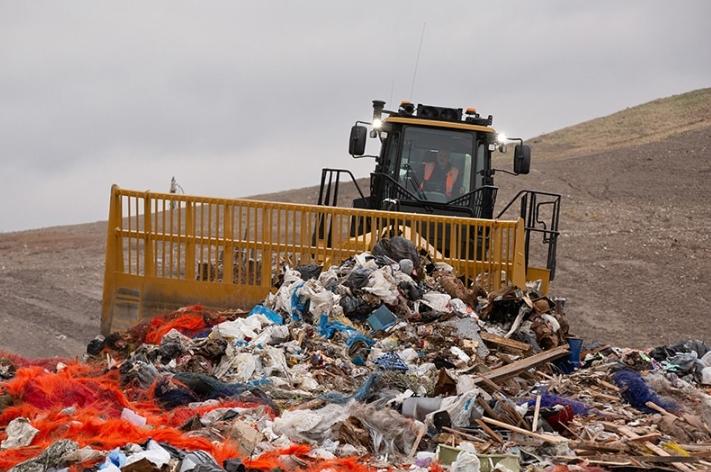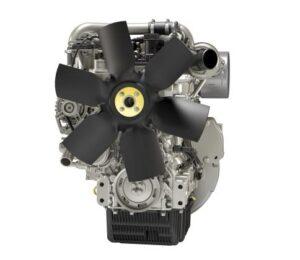In the world of waste management, peak times can significantly affect aspects like density, safety, and revenue. Caterpillar, a major player in the field, presents five golden practices that can efficiently manage these peak periods and enhance the overall operational performance.
Understanding the Dynamics
The concept of managing landfill waste isn’t complex – it’s anchored in physics. When the mass increases while the volume remains constant, the density rises, leading to optimized space utilization and enhanced revenue generation. However, in reality, coping with the influx of waste, especially during peak times, isn’t a walk in the park. Landfills often encounter multiple peak times per shift, which can challenge the meticulous management of waste density and staff safety.
Peaks and Their Impacts
Peaks influence waste density as staff members may work faster than usual, sometimes compromising on implementing correct push distances, layer heights, and patterns. Safety can also be jeopardized as the workload surges. But how can landfill managers navigate these peak times to maximize density and ensure safety? Insights from various Australian landfill managers have distilled into five best practices that could be the game-changer.
1. The Power of Data
Knowledge is power, and for landfill managers, data is invaluable. It unveils the patterns of peaks and troughs, laying the foundation for informed staffing and waste management decisions. Machine operators are often the goldmine of this data, given their frontline role in waste handling. They are not just the data sources but also vital in sculpting apt solutions.
2. Rethinking Routes
With data in hand, translating it into actionable insights is the next frontier. Rethinking waste collection routes, informed by the data, can spread out the peaks and troughs, ensuring a manageable influx of waste throughout each shift. This flattening of peak times is instrumental in efficient waste management, offering a holistic approach to handling waste influx.
3. Space and Waste Management
For those managers with little influence over waste arrival times, creatively managing the space becomes the focal strategy. Expanding the working face or tip area or staging waste in diverse spots within the tip area are some ingenious approaches. The introduction of a bench at the front of the working face has also proven effective, especially in increasing waste density.
4. Asset Optimization
The machinery and trucks in use are colossal assets in landfill operations. The question is, are they being optimized? During peak times, these assets can be maneuvered to cushion the operational impact. Their intelligent application not only changes the maintenance paradigm but also amplifies the machines’ output, culminating in enhanced revenue generation.
5. Scheduling Mastery
Caterpillar’s data reveals a common trend – most peak times align with breaks, leading to understaffing during critical operational periods. A reevaluation and realignment of staff scheduling, including shifting refueling and routine maintenance to off-peak times, can significantly mitigate the impact of peak times. It’s a strategic move that intertwines staffing with operational activities to bolster efficiency.
In the oscillating landscape of waste management, these practices are not just strategies but essential pillars that uphold efficiency, safety, and revenue generation. They turn the seemingly mountainous challenge of peak times into manageable hillocks, setting the stage for an optimized, safe, and revenue-generating waste management enterprise.



